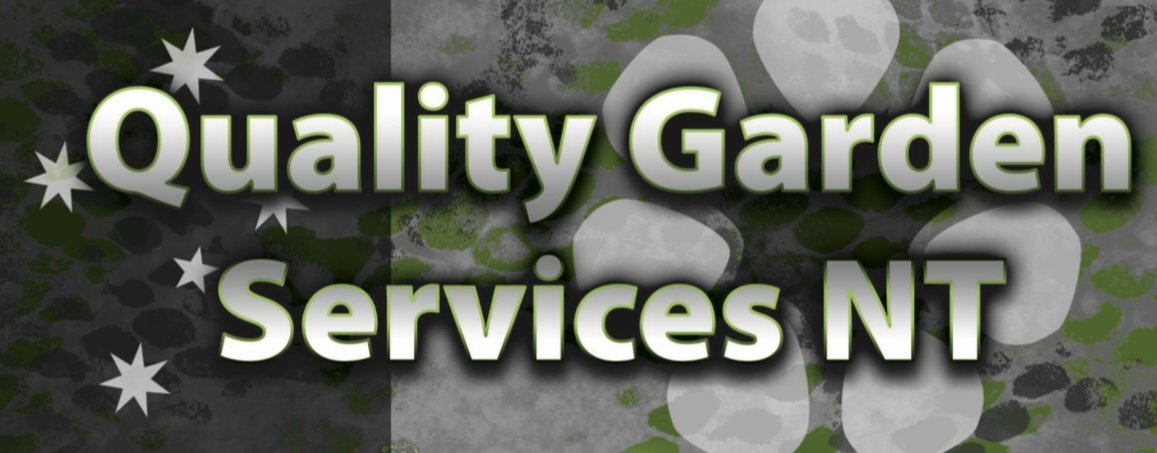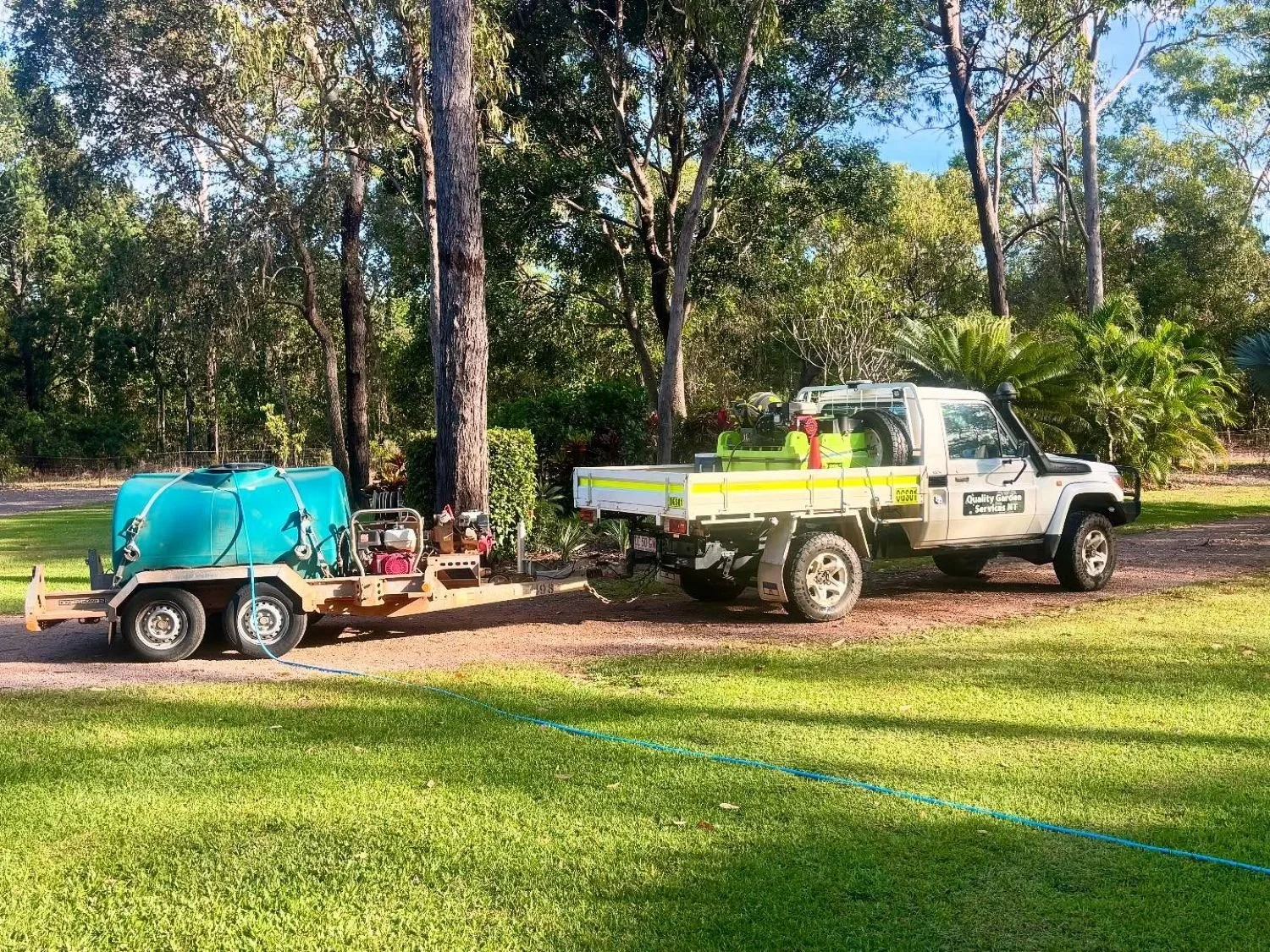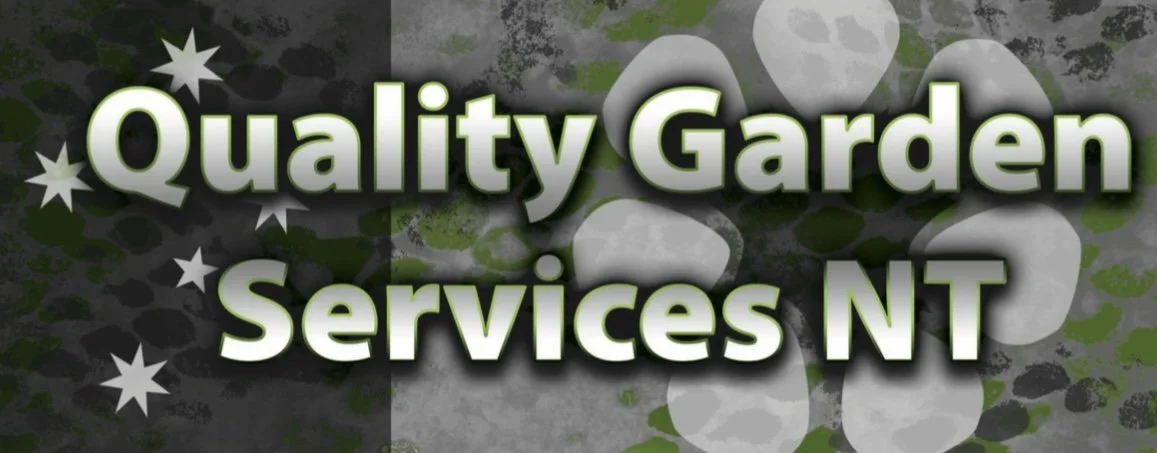Management of Invasive Weeds in Darwin
Darwin, the tropical capital of the Northern Territory, is renowned for its lush landscapes, vibrant ecosystems, and stunning natural beauty. However, these same conditions that make Darwin, Palmerston, Humpty Doo and surroundings a paradise also create a perfect environment for invasive weeds to thrive.
Invasive weeds are non-native plants that outcompete native flora, disrupt ecosystems, and pose significant environmental, economic, and social challenges. The management of invasive weeds is critical to preserving Darwin’s biodiversity, protecting agricultural land, and reducing the risk of bushfires.
In this blog post, we’ll explore the management of invasive weeds in Darwin, including the legal regulations in the Northern Territory, treatment options, and specific rules regarding high-risk weeds like Gamba Grass.
Whether you’re a property owner, a land manager, or a gardening enthusiast, understanding how to effectively manage invasive weeds is crucial to maintaining a healthy, thriving landscape.
Why Invasive Weeds Are a Problem in Darwin
Darwin’s tropical climate, with its wet and dry seasons, creates ideal conditions for the rapid growth and spread of invasive weeds. These plants often grow faster than native species, consume more resources, and can dominate entire ecosystems.
The impacts of invasive weeds include:
Environmental damage: They displace native plants, leading to a loss of biodiversity and habitat for wildlife.
Increased fire risk: Some weeds, such as Gamba Grass, create dense fuel loads that significantly increase the intensity and frequency of bushfires.
Economic costs: Invasive weeds reduce the productivity of agricultural land, increase management costs, and can lower property values.
Human safety risks: Certain invasive weeds can cause allergic reactions, skin irritation, or create hazardous environments, particularly during fire events.
Managing these weeds effectively is not just an environmental responsibility—it’s also a legal requirement in the Northern Territory.
Legal Regulations for Managing Invasive Weeds in the Northern Territory
In the Northern Territory, weed management is regulated under the Weed Management Act 2001. This legislation outlines the responsibilities of landholders, government agencies, and the general public when it comes to managing invasive weeds.
The key elements of the Act include:
Declared Weeds: The Northern Territory Government designates certain invasive plants as declared weeds. These are classified into three categories:
Class A (To Be Eradicated): These weeds are a major threat, and efforts must be made to eradicate them. Examples include Chinee Apple and Mimosa.
Class B (Growth and Spread to Be Controlled): These weeds are widespread, and their spread must be controlled. Examples include Mission Grass and Bellyache Bush.
Class C (Not to Be Introduced): These weeds are not yet established in the Northern Territory, and their introduction is prohibited.
Weed Management Plans: For certain high-risk weeds, the government develops specific Weed Management Plans. These plans outline strategies for controlling the spread of these weeds and provide guidance for landholders.
Landholder Responsibilities: All landholders in the Northern Territory are legally required to manage declared weeds on their property. This includes identifying weeds, preventing their spread, and taking active steps to control or eradicate them.
Penalties for Non-Compliance: Failure to comply with weed management regulations can result in fines or legal action. This underscores the importance of staying informed and taking proactive measures to manage invasive weeds.
Gamba Grass: A Major Threat in Darwin
One of the most pressing weed management issues in Darwin is the control of Gamba Grass (Andropogon gayanus). Originally introduced as a pasture grass, Gamba Grass has become one of the most invasive and dangerous weeds in the Northern Territory.
Why Is Gamba Grass a Problem?
Fire Risk: Gamba Grass can grow up to four meters tall, creating dense fuel loads that significantly increase the intensity and spread of bushfires. Fires fueled by Gamba Grass burn hotter and faster than those in native vegetation, posing serious risks to human life, property, and the environment.
Environmental Impact: Gamba Grass outcompetes native plants, reducing biodiversity and altering ecosystems.
Economic Costs: Managing Gamba Grass is expensive, and its spread can reduce the productivity of agricultural land.
Legal Requirements for Gamba Grass
Gamba Grass is a declared weed in the Northern Territory and is subject to strict management under the Gamba Grass Weed Management Plan.
Key regulations include:
Class A (eradication required): In some areas, Gamba Grass is classified as a Class A weed, requiring complete eradication.
Class B (control required): In other areas, it is classified as a Class B weed, and its growth and spread must be controlled.
Firebreaks and Property Management: Landholders must create firebreaks and actively manage Gamba Grass on their property to reduce fire risks.
The Northern Territory Government provides resources, such as the Gamba Grass Assistance Program, to help landholders control this invasive weed. This program offers free herbicide and training in safe application techniques.
Treatment Options for Invasive Weeds
Effectively managing invasive weeds in Darwin, Palmerston, Humpty Doo and surroundings requires a combination of prevention, control, and eradication strategies.
Here’s a breakdown of the most common treatment options:
1. Manual Removal
Best For: Small infestations or sensitive areas where herbicides cannot be used.
Method: Physically remove weeds by hand or with tools, ensuring you remove the entire root system to prevent regrowth.
Challenges: Labour-intensive and not suitable for large infestations.
2. Chemical Control
Best For: Larger infestations or weeds with extensive root systems.
Method: Use herbicides to kill weeds and prevent regrowth. Herbicides can be applied via spraying, wiping, or injection.
Considerations:
Always follow the label instructions and safety guidelines when using herbicides.
Choose herbicides that are appropriate for the specific weed and site conditions.
Be mindful of potential impacts on non-target species, including native plants and animals.
3. Biological Control
Best For: Long-term management of certain invasive weeds.
Method: Introduce natural enemies, such as insects or pathogens, to control weed populations. For example, biological control agents have been used successfully to manage Mimosa in the Northern Territory.
Challenges: Biological control is a slow process and may not completely eradicate a weed.
4. Fire Management
Best For: Weeds that thrive in fire-prone areas, such as Gamba Grass.
Method: Controlled burns can be used to reduce weed infestations and prevent seed spread. However, this method requires careful planning and adherence to fire safety regulations.
Considerations: Fire management should only be undertaken by trained professionals.
5. Integrated Weed Management
Best For: Long-term, sustainable control of invasive weeds.
Method: Combine multiple control methods (e.g., manual removal, herbicides, and biological control) to achieve the best results.
Benefits: Integrated approaches are often more effective and environmentally friendly than relying on a single method.
Preventing the Spread of Invasive Weeds
Prevention is always better than cure when it comes to invasive weeds.
Here are some practical steps you can take to reduce the risk of weed infestations:
Inspect Your Property Regularly: Early detection is key to preventing weeds from spreading. Conduct regular inspections and take action as soon as you spot invasive plants.
Use Clean Equipment: Ensure that machinery, vehicles, and tools are free of weed seeds before moving between sites.
Dispose of Weeds Properly: Avoid dumping weeds in natural areas where they can take root. Instead, dispose of them in a designated green waste facility or burn them if permitted.
Plant Native Species: When landscaping or gardening, choose native plants that are adapted to the local environment and less likely to become invasive.
Educate Yourself and Others: Stay informed about invasive weeds in your area and share your knowledge with others in your community.
How We Can Help You Manage Invasive Weeds
As a professional turf management, grounds, and garden maintenance business based in Darwin, Quality Garden Services NT understands the unique challenges of managing invasive weeds in the Northern Territory.
Our services include:
Weed Identification: We can help you identify invasive weeds on your property and develop a tailored management plan.
Herbicide Application: Our trained team uses safe and effective herbicide techniques to control weeds.
Firebreak Maintenance: We can assist with creating and maintaining firebreaks to reduce the risk of bushfires caused by invasive weeds.
Ongoing Maintenance: Regular maintenance is essential to keeping weeds under control. We offer scheduled services to suit your needs.
Conclusion
Managing invasive weeds in Darwin is an ongoing challenge, but it’s one that we can tackle together with the right knowledge, tools, and strategies. By understanding the legal regulations in the Northern Territory, implementing effective treatment options, and taking preventative measures, we can protect our environment, reduce fire risks, and ensure that Darwin’s natural beauty is preserved for generations to come.
If you’re dealing with invasive weeds on your property or need expert advice, don’t hesitate to reach out to us. Together, we can create a healthier, more sustainable landscape for everyone in Darwin.
We provide comprehensive services including lawn care, pruning, weed control, mulching, turf management and irrigation checks, all tailored to your property’s specific needs. Our team of experienced professionals is dedicated to keeping your property in top condition year-round, regardless of the season. We’re not just about making your garden look good—we’re about creating a lasting impression for your clients, residents, and visitors.
If you’re in Darwin, Palmerston, Humpty Doo or the rural areas and looking for reliable, trusted garden & grounds maintenance services, look no further than Quality Garden Services NT.
We specialize in turf management, grounds maintenance, and garden care in Darwin and the Northern Territory.
Contact us today (0498649535) to learn more about how wetting agents can transform your lawn!
At Quality Garden Services NT, we understand how important it is to maintain a lush, healthy lawn and vibrant garden in Darwin’s unique climate.
Why Choose Us?
Choosing the right grounds maintenance and gardening service is crucial for the health and appearance of your property. Here’s why we stand out:
Local Expertise: Our team is familiar with the unique climate and soil conditions of the Darwin, Palmerston, Humpty Doo and surrounding areas. We know what works best for your gardens and lawns.
Quality Service: We are committed to delivering high-quality work. Our goal is to exceed your expectations, leaving you with well-maintained outdoor spaces.
Customer Satisfaction: Your satisfaction is our priority. We take the time to listen to your needs and tailor our services accordingly - be it for commercial or private properties.
Thank you for visiting our website!



